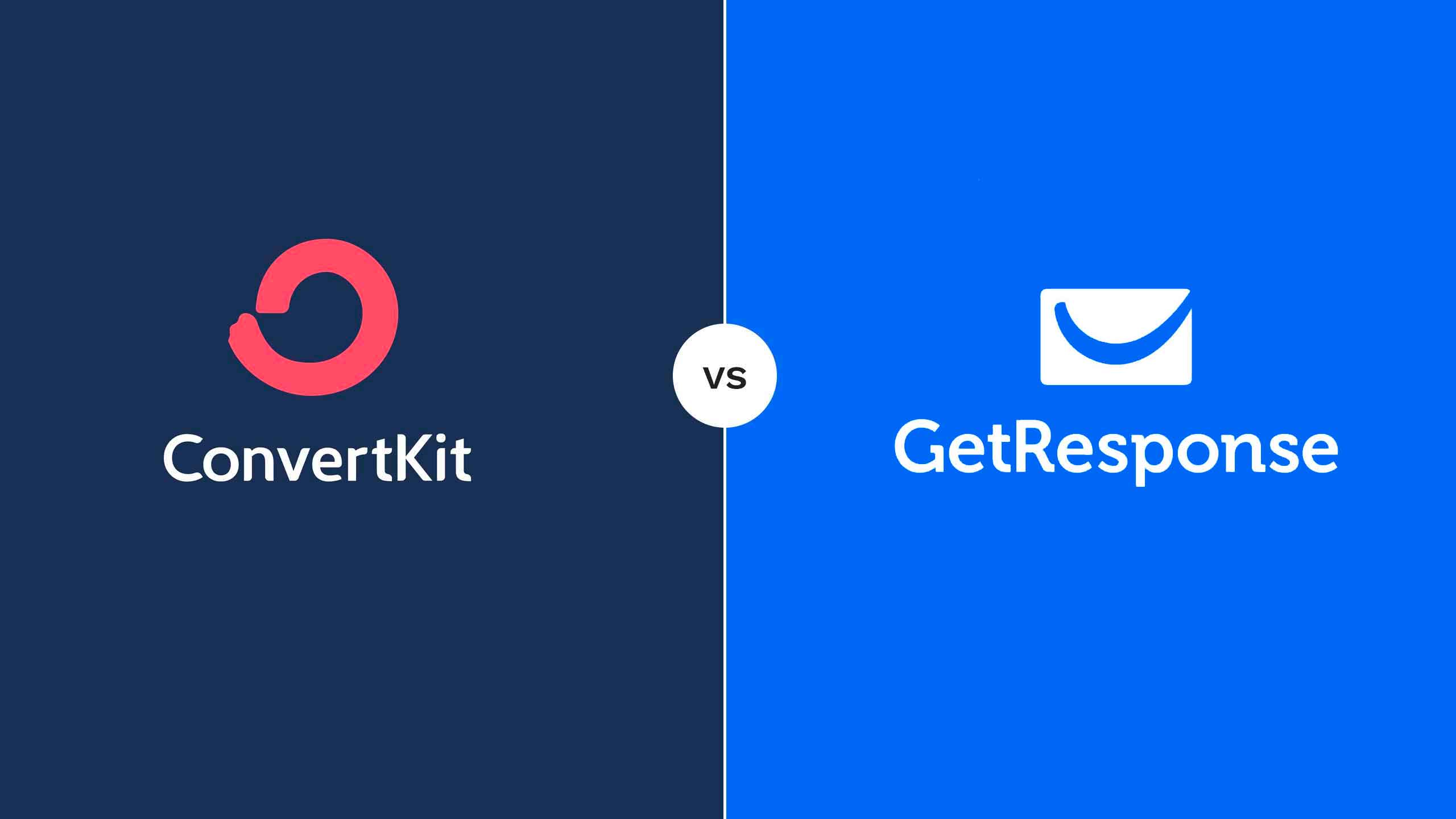7 Free Asana Alternatives For Small Team Management (Simple Tools)

Successful projects are born from successful project management. In an increasingly mobile workplace, it’s especially important to reduce miscommunication and disorganization for optimal results. That’s where project management software comes into play.
Asana is a tried and true product for managing projects, but there are tons of alternatives for small businesses. The best part is, they all offer a free plan. If you’re new to project management or embarking on a new project, take advantage of one of these project management solutions to help increase productivity.
1. ClickUp

ClickUp is an excellent option when it comes to Asana alternatives. ClickUp is an all-encompassing project management software product that offers several useful features. The major stand-out feature of this software is the ability to add a variety of apps.
This software has solved the issue of juggling several different apps when trying to manage a project. Users can download “ClickApps” to customize their experience with the necessary tools. Each user also has the ability to customize how they view their project. ClickApp is great for small teams and has an incredibly intuitive design, making it one of the best options on this list.
Pros
- Affordable pricing options.
- User-friendly design.
- Highly customizable.
- Offline mode is available.
Cons
- The number of features can be overwhelming for beginners.
- The free plan is fairly limited.
- The reports could be more in-depth.
Pricing
- Free Plan: includes unlimited tasks, unlimited users and 100 MB storage.
- $5/month for Unlimited Plan: includes unlimited storage, views, integrations, and dashboards.
Where to find it: Google Play Store, Apple App Store, download for Mac, Windows, Linux, and Chrome.
2. Monday.com

Monday.com is an excellent project management tool and alternative to Asana. Monday.com stands apart from many project management tools in that they focus on how you can better visualize your team and tasks.
While there are Asana alternatives that are priced lower those tools are often designed to manage just one person’s tasks. Monday.com integrates seamlessly with large teams to streamline production. Key features include timelines to help you see the status of projects against their due dates, Gantt visualization, and workload so you can see the bandwidth of your team.
Pros
- Monday.com can handle large teams
- Calendar sync lets you see to do tasks in your calendar
- 200+ Templates (much more than Asana)
- 4.6/5 or above on review sites, including Trustpilot, TrustRadius, and GetApp
Cons
- Price is a bit higher than others but you get a lot more than other alternatives
- You pay by the seat and those amounts are predetermined so you might end up paying for seats you don’t need
Pricing
- The cost of Monday.com ranges from $8 – $16 per seat per month. This price goes down the larger blocks of seats you purchase
- $8 will get your team basic use of the program and 5GB of file storage. On the other end, $16 gets you all the services including advanced reporting and analytics.
Where to find it: Google Play Store, Apple App Store, download for Mac, Windows, Linux, and Chrome.
3. Trello

Trello helps your team stay organized with easy-to-use boards, lists, and cards. You can create team tasks and see what needs to be worked on, what’s in progress and what’s been completed. Team members can collaborate seamlessly and interact using comments and attachments.
The workflow automation takes care of the busy work with due date and calendar commands.
Trello lets users view all of their projects and tasks on the convenient home page. The fun, colorful design is great for engaging your team and boosting productivity.
Pros
- Helpful email notifications.
- The ability to prioritize tasks.
- Unique and engaging graphics.
Cons
- The free plan is not great for large projects.
- There is no offline mode.
- You can only access additional features with a paid plan.
Pricing
- Free Plan: unlimited personal boards, cards and lists, and 10MB storage.
- $9.99/month for Business Class: unlimited personal boards, cards, and lists, priority support, 250 MB storage.
- $23.83/month for Enterprise: up to 100 users, unlimited personal boards, cards, and lists, priority support, 250 MB storage.
Where to find it: download for Mac, Windows, Chrome, Firefox, Safari, Edge, Google Play Store, and Apple Apps store.
4. Todoist

Todoist makes organizing your projects simple and easy. Todoist uses lists as the exclusive means of task management. If you have a small project, this option can help you get your tasks written down, prioritized and completed. You can organize your lists for work and your personal life. You can also see what tasks are due today and what due dates are approaching. If you’re looking for an ultra-simple way to organize your tasks, Todoist is a great option.
Pros
- Super easy to use and understand.
- Excellent productivity reports
- Best for lightweight projects
Cons
- There is an 80 task limit for the free plan.
- Free features are limited.
Pricing
- Free Plan: 80 projects, up to 5 people per project.
- $3/month for Premium: 300 projects, 25 people per project. Includes reminders, comments, uploads, labels, and reports.
- $5/month for Business: 500 projects, 50 people per project. Includes team inbox, admin roles, team billing, and priority support.
Where to find it: download for Mac, Windows, Chrome, Firefox, Safari, Google Play Store and Apple Apps store.
5.Wrike

In contrast to Todoist, Wrike stands out by incorporating tons of customizable features, and multiple ways to organize your projects. Users have the ability to customize workflows, color code, and layer calendars, comment on videos, documents, and sections. Wrike also allows users to set security precautions so that only authorized users can view certain information.
Pros
- It’s easy to set up.
- The free plan gets unlimited collaborators.
- Comprehensive feature set.
- Good for mid-sized teams
Cons
- The interface could be more seamless.
- Customer service is sub-par.
- Some features can be glitchy.
Pricing
- Free Plan: small teams and simple task lists.
- $9.80/month for Professional: full project planning and collaboration.
- $24.80/month for Business: large teams, in-depth customization, full work management.
- Where to find it: download for Mac, Windows, Google Play store and Apple Apps store.
6. Paymo

Paymo is a work management platform that combines task management, scheduling, and billing to help keep you on track. Paymo offers a free plan that is ideal for a one-person team or a freelancer. The finance tracking features are incredibly helpful for any small business.
With Paymo, you can create to-do lists and Kanban boards. You’ll also have access to reports, invoicing, and file-sharing. While the free plan is not ideal for multiple people, they do offer paid plans that can host large teams. You can try out the paid plans by signing up for a free trial. One of the best things about Paymo is their customer service. They are quick to provide personal and effective support to their users.
Pros
- Keep track of multiple aspects of a project without other apps.
- Free trials for paid plans.
- Extremely responsive customer service.
Cons
- The free plan is limited to one user.
- The interface is easily cluttered.
Pricing
- Free Plan is available upon sign up.
- $9.56/month for Small Office: unlimited project templates, invoices, estimates and expenses, 50GB storage.
- $15.16/month for Business: employee scheduling, onboarding, and training, employee leave management, 100GB storage.
- Where to find it: download for Mac, Windows, Chrome, Firefox, Safari, Linux, Google Play Store, and Apple Apps store.
7. Glip

Glip is a project management software that allows teams to collaborate through shared a messaging and file-sharing platform. If you’re dealing with a cluttered inbox and disorganized files, Glip can help you and your team get on the same page. Glip users have reported finishing projects 64% faster than before using the project. Glip allows teams to easily turn their conversations into organized projects.
Pros
- Effective and simple feature set.
- Message-based project management.
- Great for offices with multiple departments.
Cons
- The phone app is not as comprehensive.
- The user interface is a little clunky.
- It’s not intuitive for new users.
Pricing
- Free Plan: unlimited chat, storage, guests, integration and teams.
- $5/month for Standard Plan: unlimited chat, storage, guests, integration and teams, shared video, 24/7 support, compliance exports.
- Where to find it: download for Mac, Google Play Store, and Apple Apps store.
8. MeisterTask

MeisterTask is one of the best options for an intuitive, beginner-friendly project management software. The drag and drop feature makes it easy to move tasks from one stage to the next. Teams can create Kanban-style boards to better understand the project, create automated workflows and increase productivity. MeisterTask offers one of the most comprehensive free plans on this list.
Pros
- Great feature set with the free plan.
- Customizable project boards.
- Quick-entry task checklist.
Cons
- Some users experience glitches.
- Integrations are limited.
- There are no reminders.
Pricing
- Free Plan: customizable project boards, unlimited project members, some integration options.
- $8.25/month for Pro: unlimited projects and integrations, workflow automation and multiple checklists.
- $20.75/month for Business: admin roles, permissions, custom fields, group sharing, and security restrictions.
- Where to find it: download for Mac, Windows, Google Play Store, and Apple Apps store.
Final Thoughts:
There’s no shortage of free and affordable options when it comes to excellent project management software. Many of them are simple and easy to understand, so it’s effortless to get started.
Take a look at the features offered and choose the software that suits your needs. Whether you need something fast and simple, or something in-depth and customizable, you can find the right tool to keep your project on track.



